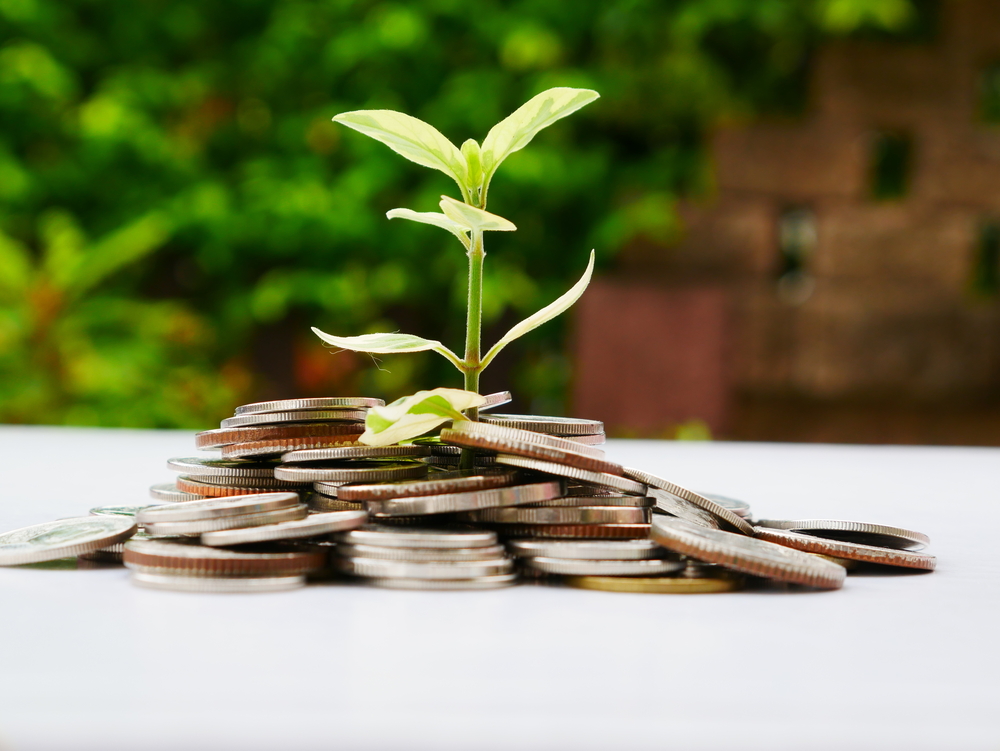News
Existing wealth gaps widened by coronavirus

Poorer families are borrowing money to survive the coronavirus while wealthier households are saving more, according to a report by the Resolution Foundation.
The think tank found the uneven impact of the coronavirus could mean the rich get richer and the poor get poorer.
The Resolution Foundation’s Rainy Days report, published in partnership with the Standard Life Foundation, examines the distribution of wealth across the UK in the run-up to the crisis, and how the crisis is impacting richer and poorer households.
Increase in borrowing – lower income households
Key workers and workers in shut down sectors are less likely to have savings. This means those more exposed to the health and economic crises are less likely to have savings to protect living standards if their incomes fall.
The Resolution Foundation found that one in four lower income households have increased their use of consumer credit during the crisis. This is in contrast to just one-in-eight high income households which have borrowed more during the pandemic.
The study found that a typical worker in a shut-down sector of the economy – and therefore most at risk of unemployment – had average savings of just £1,900.
This is less than half the average savings (£4,700) of someone who has been able to work from home during the crisis.
Lower-income families have also turned to informal loans and gifts from friends and family to make ends meet, which in many cases will not represent a sustainable income source
Increase in saving – high income households
With much of the economy closed, high-income families have been unable to continue their previous consumption patterns, such as eating out and holidays abroad.
According to the Resolution Foundation, three times as many adults in the top income quintile as in the lowest income quintile have experienced no income hit alongside a spending reduction.
This has led to ‘forced’ saving, improving their net worth. More than one-third of the richest fifth of the population saw their savings increase in the first months of the crisis.
Lack of safety net
These very different experiences of the crisis reflect the big wealth gaps across Britain before the crisis struck.
Rainy days shows that the wealth gap between the richest and poorest tenth of households grew by more than £370,000 (in real terms) between 2006-08 and 2016-18 to reach £1.4m.
The study also shows that the lack of a savings safety net, for so many low-income households in particular, could pose significant challenges as the Government phases out its emergency support for family incomes.
George Bangham, economist at the Resolution Foundation, says: “Pre-coronavirus Britain was marked by soaring wealth and damaging wealth gaps between households. These wealth divides have been exposed by the crisis. While higher-income households have built up their savings, many lower-income households have run theirs down and had to turn to high-interest credit.
“The impact of coronavirus crisis will be with families for many years to come. That’s why it’s important for the Government to both strengthen the social security safety net via Universal Credit, and assist more low and middle-income households in building up their private safety nets by boosting their savings.”
Mubin Haq, CEO at the Standard Life Foundation, says: “The Government needs to move quickly to make further reforms to boost incomes so people are protected from the financial crisis created by the pandemic. In the longer term the Government needs to think of ways everyone has a greater share of the wealth generated in the UK.”